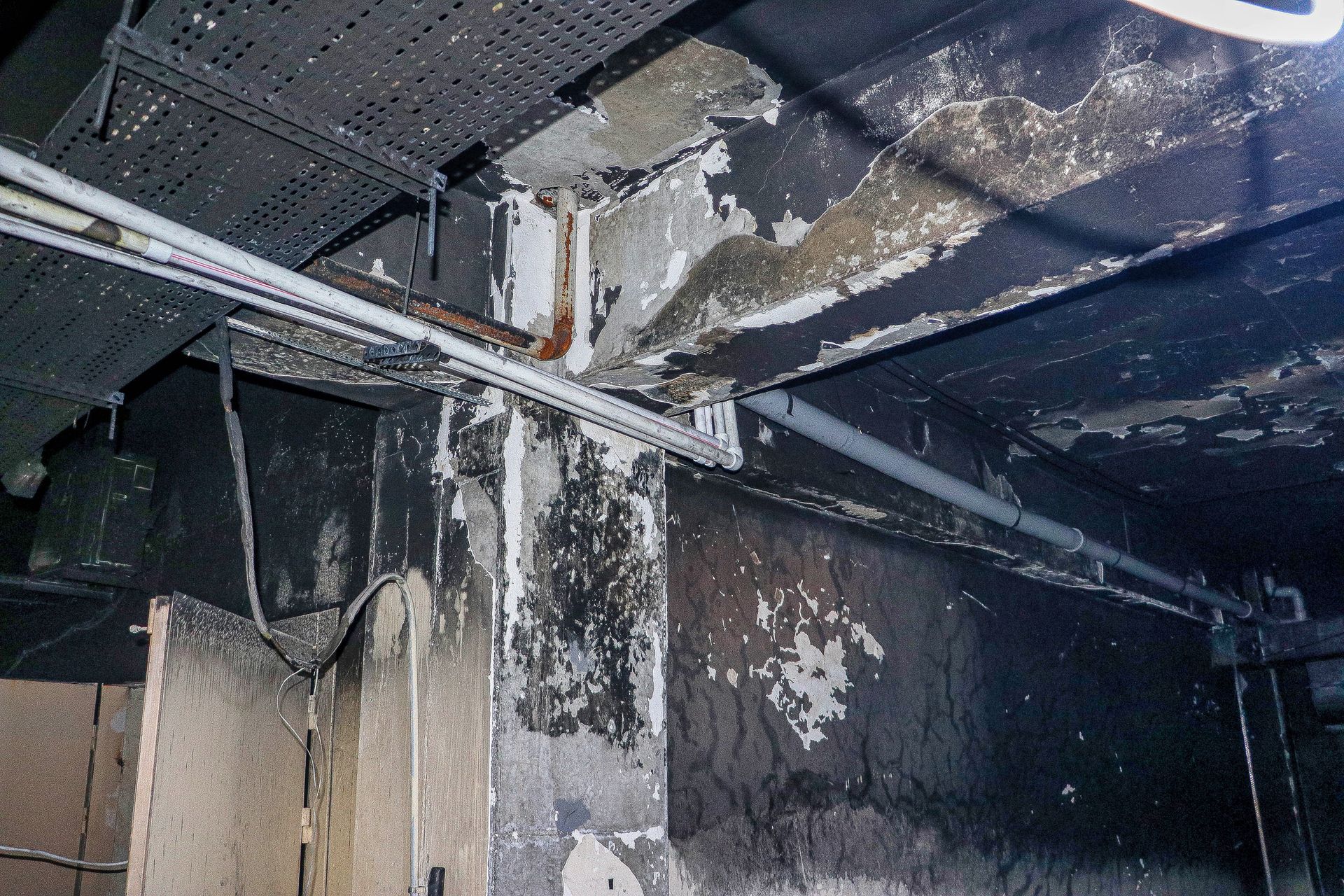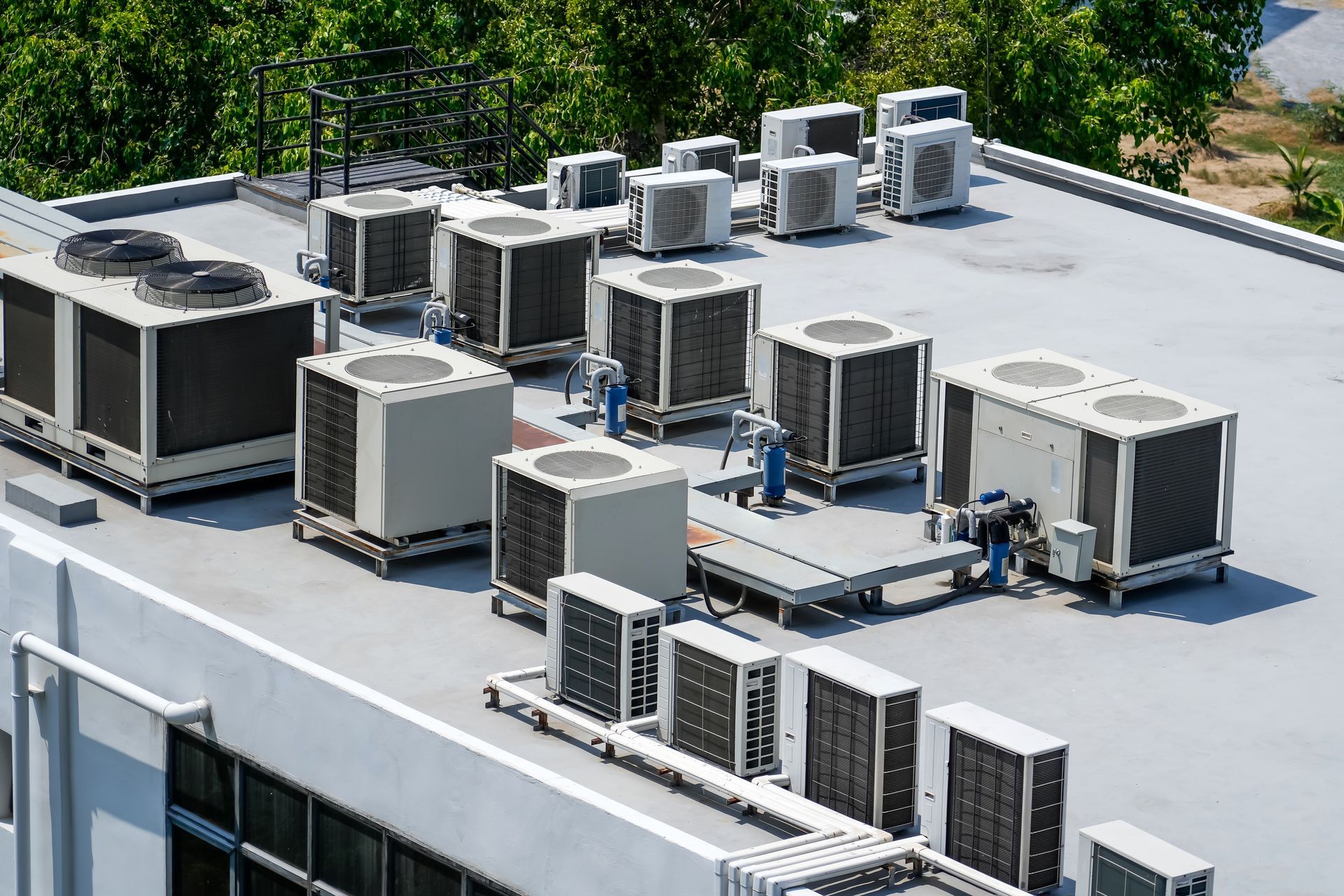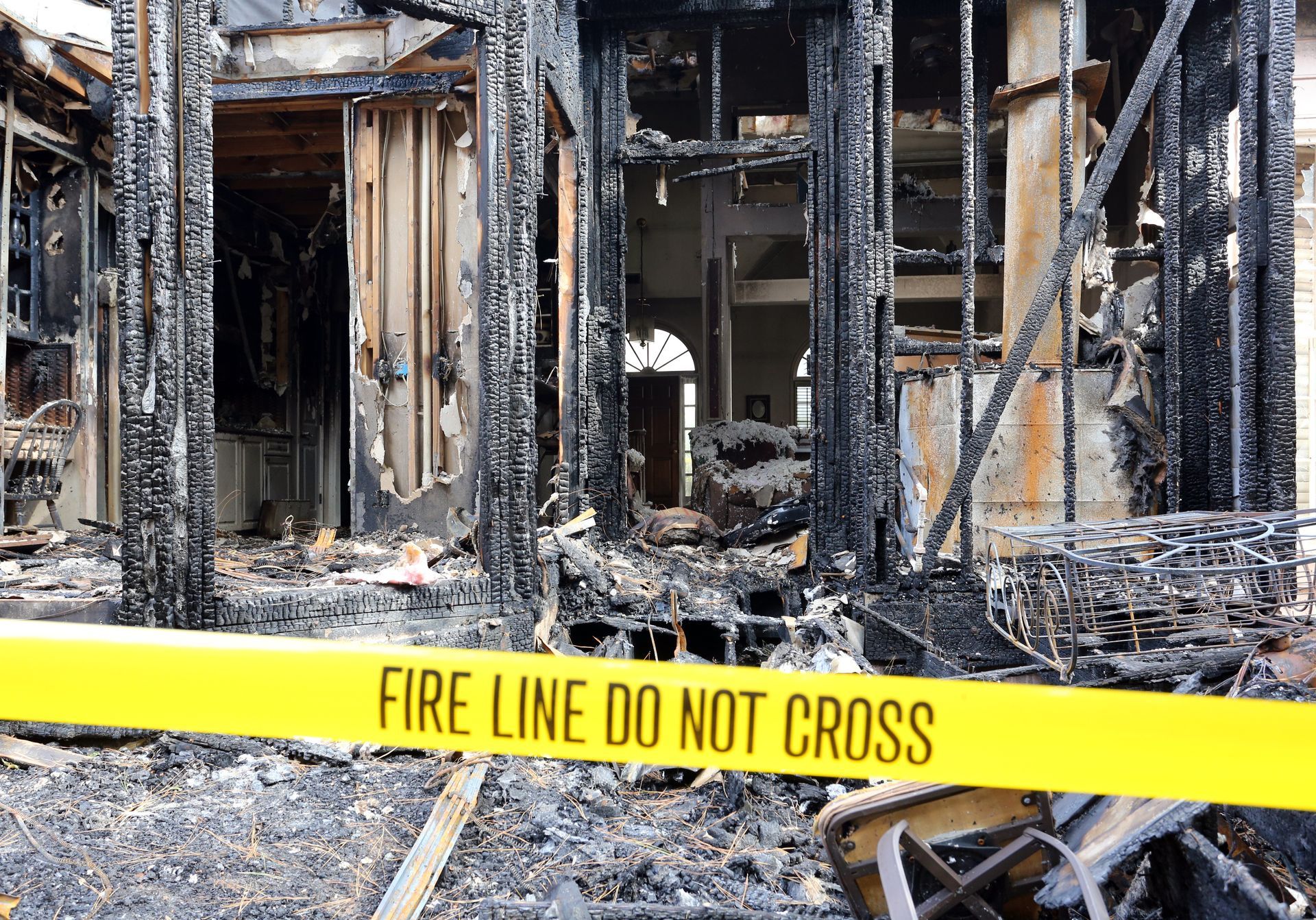Baton Rouge Water Damage Cleanup: What are the 4 Classes of Water Damage?
Water damage can be disastrous for businesses and homes, resulting in significant property loss and endangering the health of employees and residents. Understanding the four categories of water damage is essential for mitigation and restoration efforts to be successful.
Class 1: Minimal Water Damage Experienced
Class 1 water damage involves the least amount of water absorption. Usually, only a portion of a room or space is affected by this category, with minimal moisture absorption into ceilings, walls, or carpets. Dripping faucets, tiny roof leaks, and supply line leaks are a few instances of Class 1 water damage. The impacted area is often tiny, so cleanup and restoration procedures are simple.
Class 2: Significant Water Damage Experienced
Class 2 water damage impacts one or more rooms and has a greater area of water absorption. This damage is usually caused by a substantial volume of water seeping into the structure, which causes more extensive moisture damage to the building materials and contents. Class 2 water damage is frequently caused by burst pipes, leaking appliances, and floods from overflowing sinks and bathtubs. Due to the broader damaged area, more thorough drying and dehumidification methods may be needed throughout the cleanup and restoration process to stop more damage and mold growth.
Class 3: Extensive Water Damage Experienced
Class 3 water damage impacts entire floors or structures and involves the most significant degree of water absorption. Flooding from causes like rising rivers, storm surges, or sewage backups typically causes this class. Class 3 water damage can result in structural damage, the formation of mold, and the contamination of hazardous materials, all of which pose severe threats to the safety of occupants and property. Restoration measures for Class 3 water damage frequently necessitate expert assistance, including structural drying, mold remediation, and water extraction, to guarantee that the business or home is safe and livable.
Class 4: Specialty Drying Situations for Water Damage
Class 4 water damage has unique drying conditions that require sophisticated drying tools and methods. Generally, this class includes materials like plaster, concrete, and hardwood floors with minimal porosity or permeance. Situations requiring specialty drying can also occur when water has deeply seeped into building components or contents, rendering conventional drying techniques useless. Expert restoration companies efficiently deal with Class 4 water damage and speed up the drying process using specialized equipment, including desiccant dehumidifiers, injection systems, and heat drying systems.
Determining the extent of a water-related occurrence and putting suitable mitigation and restoration plans into action requires an understanding of the four classifications of water damage. Regardless of the type of water damage, property owners should seek a reputable restoration firm that has the knowledge and resources to manage water damage restoration efficiently. Our team of professionals at Guarantee Restoration Services is here to help you get your business or home back in safe, healthy shape after a water damage event.

All Rights Reserved | Guarantee Resoration Services





